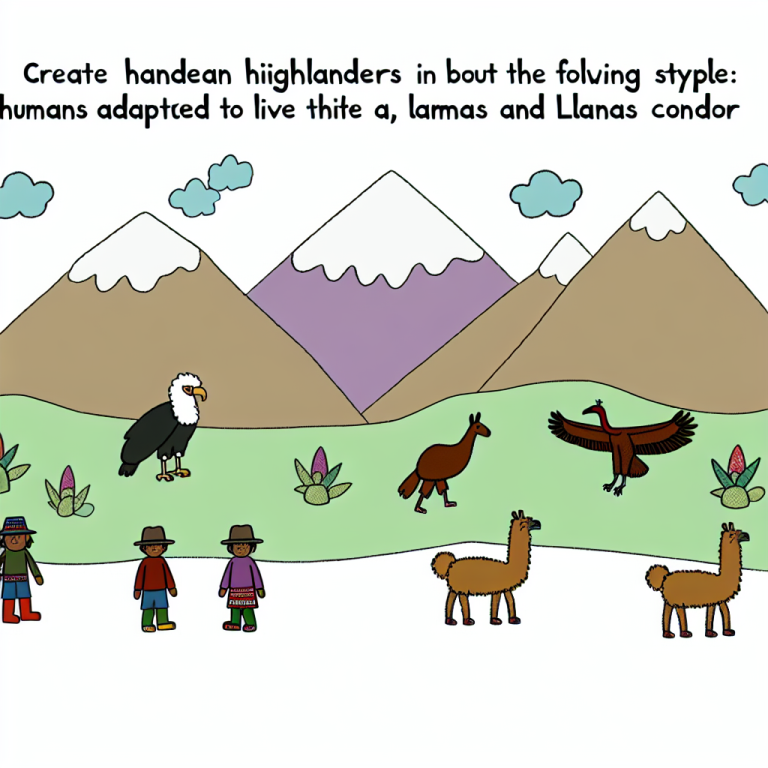A recent study has shed light on the genetic adaptation of Andean highlanders to their high-altitude environment. The research, conducted by a team of scientists, has identified a functional EPAS1/HIF2 missense variant that is associated with hematocrit levels in this population.
The hypoxia-inducible factor pathway genes have long been known to play a crucial role in the adaptation of both human and nonhuman highland species to low oxygen levels. EPAS1, in particular, has been a notable target in the study of hypoxia adaptation, with a variant associated with relatively lower hemoglobin concentration in Tibetans. The researchers have now found evidence of a similar association between an adaptive EPAS1 variant (rs570553380) and lower hematocrit levels in Andean highlanders.
Interestingly, this Andean-specific missense variant is present at a modest frequency in the Andean population but absent in other human populations and vertebrate species, except for the coelacanth. By using CRISPR-based gene editing techniques, the researchers were able to show that human cells carrying this variant exhibited changes in the expression of hypoxia-regulated genes. Metabolomic analyses also revealed associations between the genotype of the variant and certain physiological traits in the lowland population.
While the findings regarding the relatively lower hematocrit levels in Andean highlanders parallel those observed in Tibetans, the researchers believe that the mechanisms behind these adaptations may differ. This is likely due to the involvement of distinct pathways between protein-coding and noncoding variants in the two populations.
High-altitude populations, such as Tibetans and Andeans, have developed various traits over hundreds of generations to adapt to their harsh environment. These adaptations help mitigate the effects of low oxygen levels, such as increased oxygen transport and utilization, as well as protection against reproductive and neonatal complications.
The study adds to the growing body of research on genetic adaptations in high-altitude populations. Many candidate genes within the hypoxia-inducible factor pathway have been implicated in these adaptations, with EPAS1 being one of the key targets. Variants within EPAS1 have been linked to lower hemoglobin concentration in Tibetans and have now been associated with hematocrit levels in Andean highlanders.
Overall, the findings from this study highlight the unique genetic variants in EPAS1 that contribute to similar physiological traits in Tibetans and a subset of Andean highlanders. This research provides new insights into the genetic basis of high-altitude adaptations and underscores the importance of understanding the diverse pathways that drive these unique evolutionary responses in different populations.




